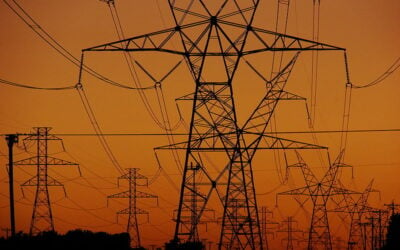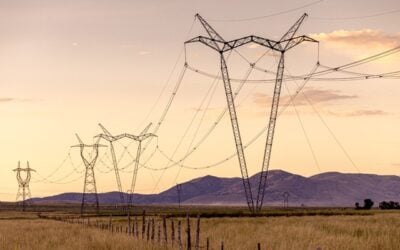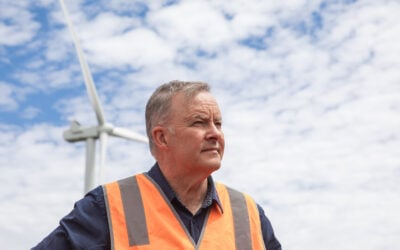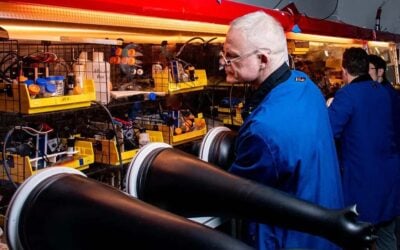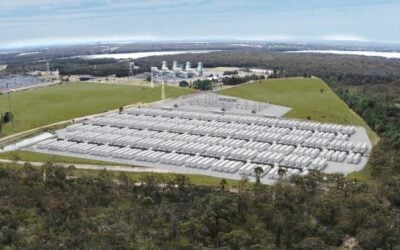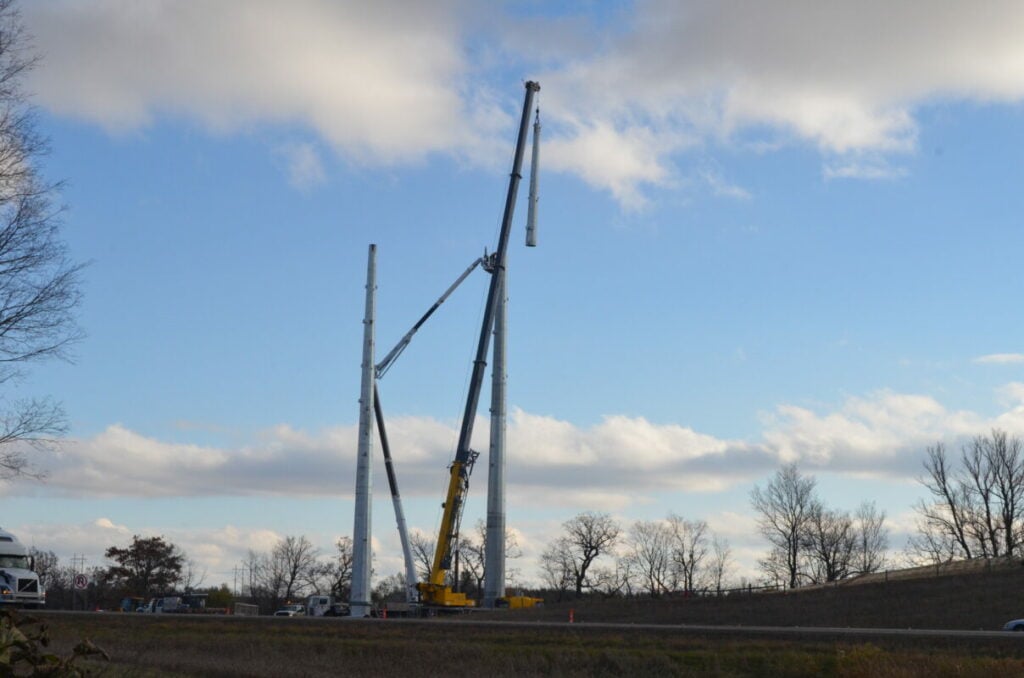
US utility company Xcel Energy has received approval from Minnesota state regulators to build a 1GWh project in the state using Form Energy’s iron-air battery storage technology.
Form Energy will supply its proprietary technology for the project near the town of Becker in central Minnesota, as reported by Energy-Storage.news back in January.
Enjoy 12 months of exclusive analysis
- Regular insight and analysis of the industry’s biggest developments
- In-depth interviews with the industry’s leading figures
- Annual digital subscription to the PV Tech Power journal
- Discounts on Solar Media’s portfolio of events, in-person and virtual
Or continue reading this article for free
The project will cover five acres, and be built alongside Sherco Solar, Xcel Energy’s 710MW solar plant that is currently under construction in the area.
The facility will make use of Form Energy’s “multi-day” storage solution, which aims to use an iron battery, rather than one made of lithium, to deliver power without harmful emissions.
Form Energy will begin construction in the second quarter of next year, and expects to finish work on the facility “as early as 2025”, according to Xcel Energy. It is one of two identically-sized projects Form is deploying for Xcel, the other being in Colorado. Both are at the sites of retiring coal stations.
Both the new battery plant, and the existing Sherco project, will be necessary components of the Xcel’s plans to triple the solar capacity of its upper Midwest network by 2028.
“Multi-day battery storage has the potential to help us better harness the renewable energy we generate while ensuring the grid remains reliable for our customers,” said Bria Shea, regional vice president of regulatory policy at Xcel Energy–Minnesota. “We look forward to bringing this system online at our Sherco site and learning more about the role it can play in our larger effort to reach 100% carbon-free electricity.”
Form Energy claims that the iron-air batteries could discharge electricity for up to 100 hours, and improve the resilience of the energy network as a whole. Announced in 2021, the process relies on the rusting, or reversible oxidation, of iron, where oxygen in the air turns metallic iron into rust as the battery discharges. As the battery charges, the rust is converted back into iron, meaning the charging and discharging processes only produce oxygen.
The company has received support from those in the industry this year, beginning in April, when the technology received a US$20 million grant from VC firm Breakthrough Energy for its projects in Minnesota and Colorado.
More recently, Form Energy signed a “definitive agreement” with US utility Georgia Power, and began construction at its manufacturing plant in West Virginia, with several states evidently eager to implement the technology.
CEO Matteo Jaramillo did an end-of-year Q&A with Energy-Storage.news, which you can read here.

